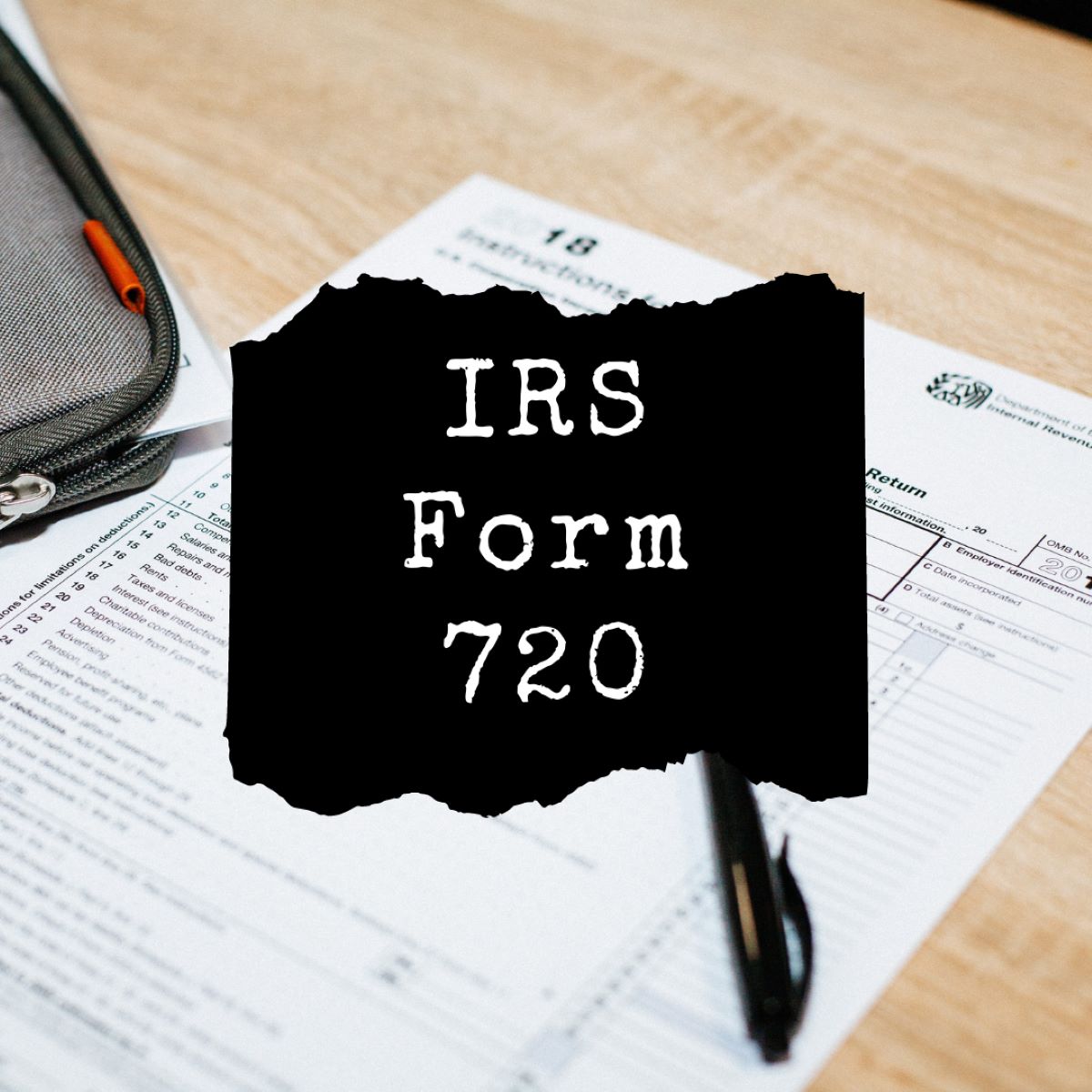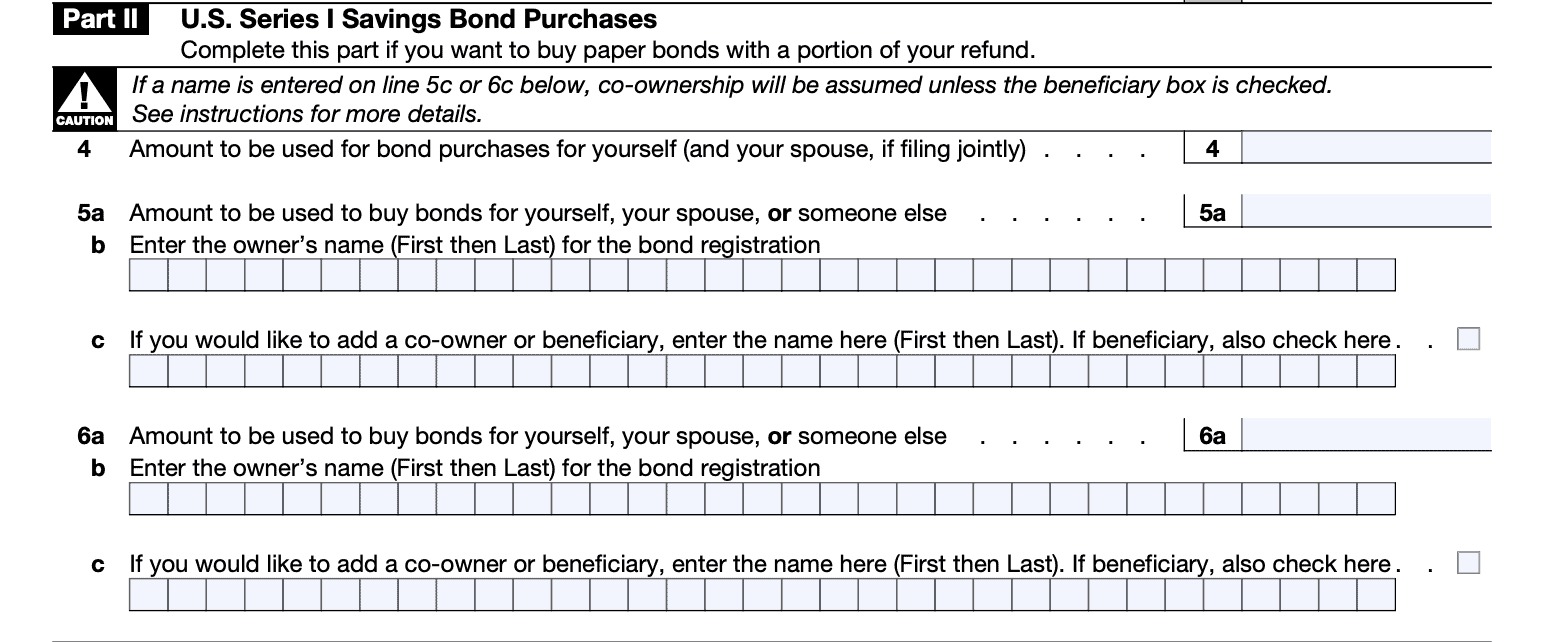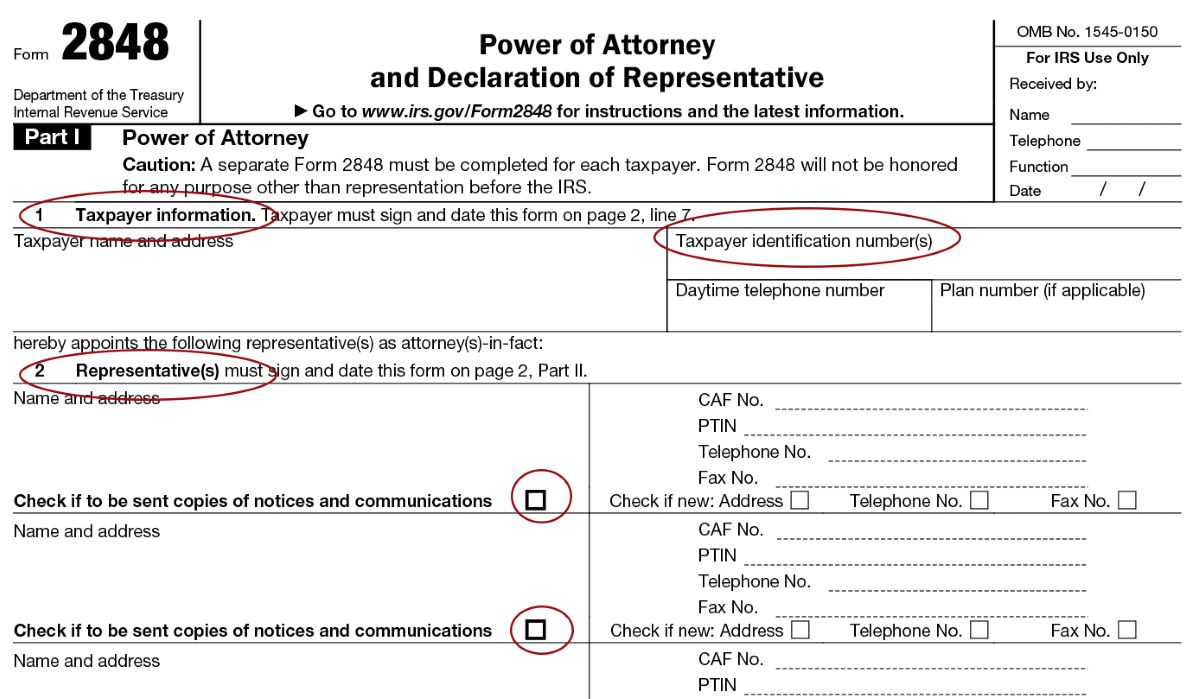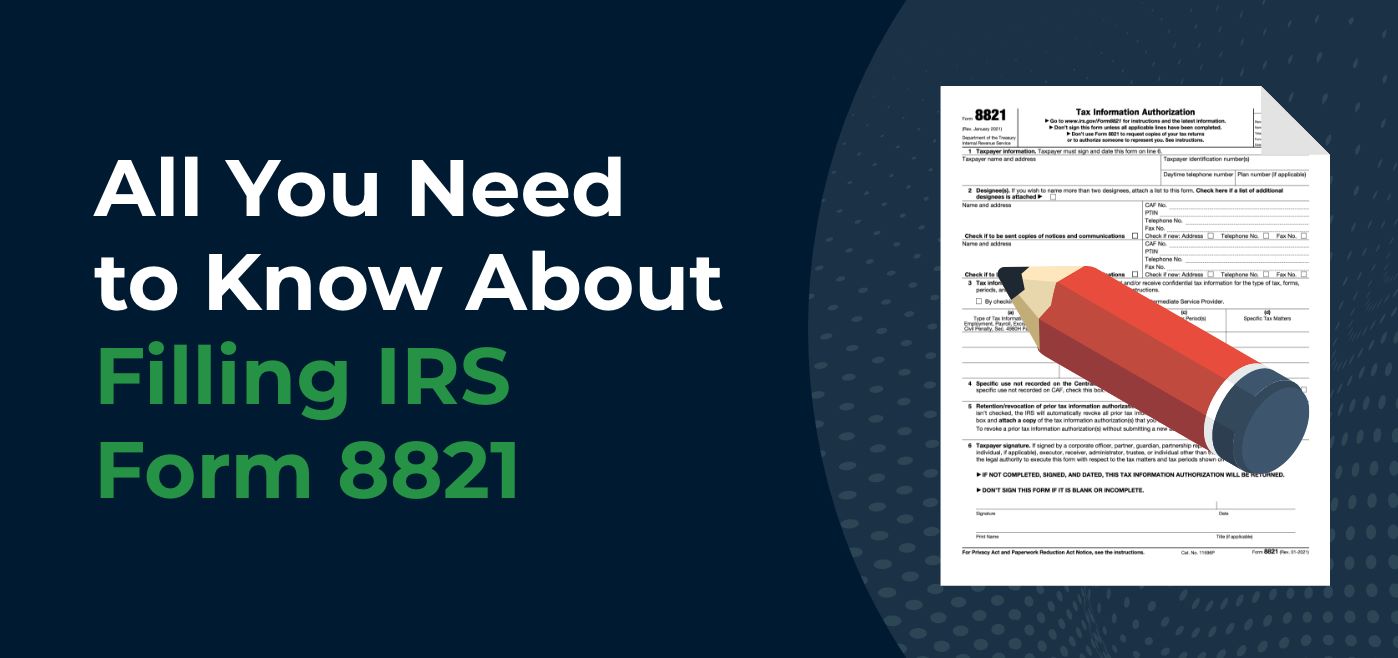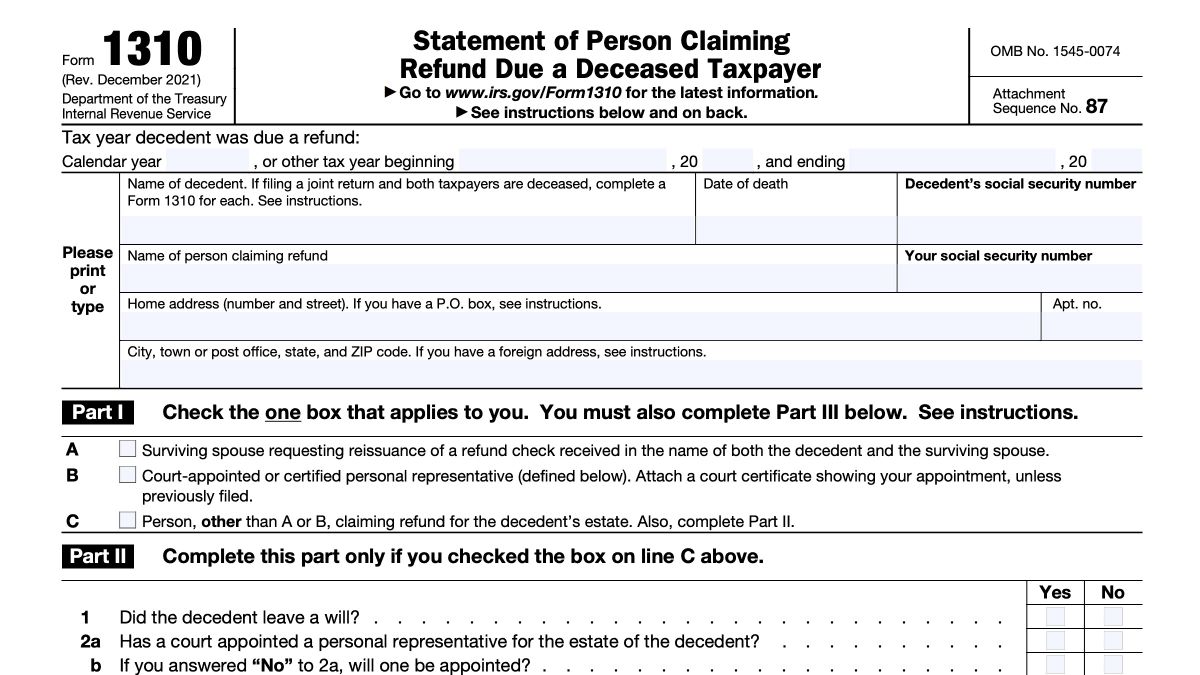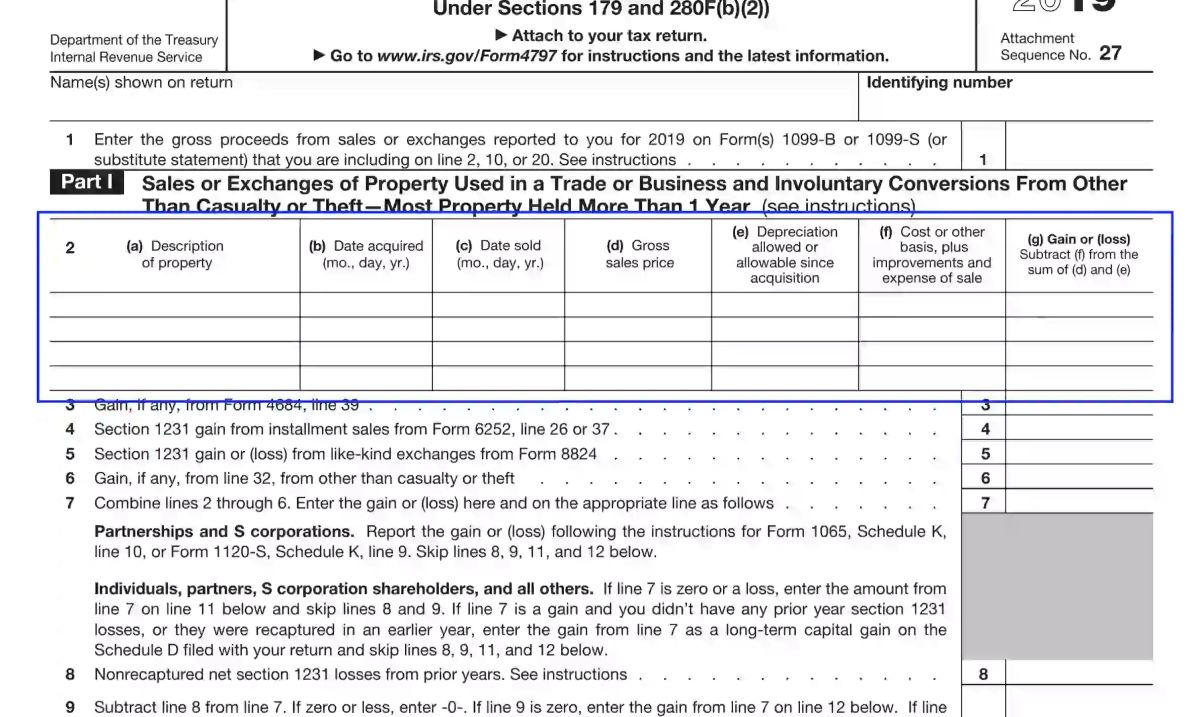

Finance
What Is IRS Form 944?
Published: November 1, 2023
Learn what IRS Form 944 is and how it impacts your finances. Discover the key information you need to know about this tax form.
(Many of the links in this article redirect to a specific reviewed product. Your purchase of these products through affiliate links helps to generate commission for LiveWell, at no extra cost. Learn more)
Table of Contents
- Introduction
- What is IRS Form 944?
- Who needs to file IRS Form 944?
- Benefits of filing IRS Form 944
- How to fill out IRS Form 944
- Common Mistakes to Avoid when Filing IRS Form 944
- Deadlines for Filing IRS Form 944
- Consequences of Not Filing IRS Form 944
- Frequently Asked Questions (FAQs) about IRS Form 944
- Conclusion
Introduction
Welcome to our comprehensive guide on IRS Form 944! If you are a business owner or employer in the United States, understanding and filing the necessary tax forms is a crucial part of your financial obligations. IRS Form 944 is one such form that you need to familiarize yourself with.
IRS Form 944 is an annual tax form that employers use to report their federal income tax withholdings, Social Security tax, and Medicare tax. It is specifically designed for small businesses with an annual liability of $1,000 or less in federal income tax withholding.
In this article, we will dive deeper into the details of IRS Form 944, including who needs to file it, the benefits of using this form, how to fill it out correctly, and the consequences of not filing it. So, whether you are a small business owner, self-employed individual, or employer, this guide will provide you with the essential information you need to know about IRS Form 944.
Keep in mind that tax regulations can be complex, and it is always advisable to consult with a tax professional or accountant to ensure compliance with the latest guidelines. Nevertheless, this article will serve as a valuable resource to help you understand the basics of IRS Form 944.
Now, let’s delve into the specifics of IRS Form 944 and how it impacts your business.
What is IRS Form 944?
IRS Form 944 is an annual tax form used by small businesses to report their federal income tax withholdings, Social Security tax, and Medicare tax. It is an alternative to the quarterly filing of Form 941, which is typically used by most employers to report these taxes. Form 944 is specifically designed for small businesses with an annual liability of $1,000 or less in federal income tax withholding.
Form 944 helps streamline the reporting process for eligible businesses by reducing the frequency of tax filings from quarterly to annually. Instead of filing Form 941 four times a year, eligible employers can file Form 944 once at the end of the year, consolidating the reporting of federal taxes.
It is important to note that employers must receive approval from the IRS to file Form 944 instead of Form 941. By default, businesses are required to file Form 941 quarterly unless the IRS grants an exemption based on their annual tax liability. Therefore, if you believe your business qualifies for Form 944, it is advisable to contact the IRS or consult with a tax professional to request approval.
By using Form 944, small businesses can simplify their tax reporting process and save time throughout the year. Instead of filling out Form 941 four times, they only need to complete and submit Form 944 once, reducing paperwork and administrative burdens.
Although Form 944 provides a simplified reporting method, it is still crucial for businesses to accurately calculate and report their federal tax liabilities. Failure to do so can result in penalties and consequences for non-compliance.
Now that we have explored the basics of IRS Form 944, let’s move on to discussing who needs to file this form.
Who needs to file IRS Form 944?
IRS Form 944 is specifically designed for small businesses with an annual liability of $1,000 or less in federal income tax withholding. If your business meets this criteria, you may be eligible to file Form 944 instead of the quarterly Form 941.
To determine if your business qualifies for Form 944, you need to assess your federal income tax withholding liability for the previous calendar year. If your total annual liability is expected to be $1,000 or less, you can apply for the use of Form 944. This liability includes federal income tax withholding, Social Security tax, and Medicare tax.
It is important to note that businesses must receive approval from the IRS to file Form 944. By default, employers are expected to file Form 941 quarterly. To qualify for Form 944, you must contact the IRS or consult with a tax professional to request an exemption based on your projected annual tax liability.
While Form 944 provides a simplified reporting method, not all small businesses will qualify for this option. If your annual liability in federal income tax withholding exceeds $1,000, you are not eligible to file Form 944, and you must continue filing Form 941 quarterly.
It is essential to ensure that you file the appropriate form based on your annual liability. Filing the wrong form can result in penalties and consequences for non-compliance. If you are unsure which form to file, it is advisable to consult with a tax professional or contact the IRS for guidance.
Now that you know who needs to file Form 944, let’s explore the benefits of using this form for small businesses.
Benefits of filing IRS Form 944
Filing IRS Form 944 offers several benefits for eligible small businesses. Let’s take a closer look at these advantages:
- Simplified Reporting: One of the primary benefits of using Form 944 is that it simplifies the reporting process for small businesses. Instead of filing Form 941 quarterly, eligible employers only need to file Form 944 once a year. This consolidation of reporting reduces the administrative burden and paperwork involved in tax filings.
- Efficiency: By filing Form 944, small businesses can save time and focus on their core operations. Quarterly tax reporting can be time-consuming, especially for businesses with limited resources. With Form 944, the annual reporting requirement streamlines the process, allowing businesses to allocate more time to other essential tasks.
- Reduced Penalties: Another advantage of filing Form 944 is the potential reduction of penalties. Quarterly reporting can increase the likelihood of errors or late filings, resulting in penalties for non-compliance. By filing Form 944 annually, small businesses have fewer reporting deadlines to meet, reducing the risk of penalties associated with missed or late filings.
- Limited Administrative Costs: Filing Form 944 can lead to cost savings for small businesses. Since the form is filed once a year, businesses can avoid expenses associated with quarterly reporting, such as printing and postage costs. Additionally, the simplified reporting process reduces the need for extensive record-keeping throughout the year.
- Improved Cash Flow: With Form 944, small businesses can potentially enjoy improved cash flow. Quarterly tax filings often require businesses to make tax deposits throughout the year. By filing annually with Form 944, businesses can defer the required tax payments, allowing them to have greater control over their cash flow and allocate resources as needed.
It is important to note that the benefits of filing Form 944 vary depending on the specific circumstances of each business. While it offers advantages for many small businesses, there may be instances where filing Form 941 quarterly is more advantageous. To make an informed decision, it is advisable to consult with a tax professional or accountant who can assess your business’s unique needs and provide tailored guidance.
Now that we have explored the benefits of filing Form 944, let’s move on to understanding how to correctly fill out this form.
How to fill out IRS Form 944
IRS Form 944 may seem overwhelming at first glance, but with a clear understanding of the requirements, it can be completed accurately and efficiently. Here is a step-by-step guide on how to fill out Form 944:
- Provide Business Information: Start by entering your business’s legal name, employer identification number (EIN), and address. Ensure that this information matches the records on file with the IRS.
- Indicate Tax Year: Specify the tax year for which you are filing Form 944. Typically, this will be the calendar year that has just ended.
- Report Employment Taxes: Fill in the appropriate boxes to report the total taxes withheld from employee wages, including the federal income tax, Social Security tax, and Medicare tax. Ensure that the amounts reported are accurate, as discrepancies can lead to penalties or IRS inquiries.
- Calculate and Report Deposits and Payments: Provide the total amount of deposits and payments made during the tax year for federal income tax, Social Security tax, and Medicare tax. This information is crucial for reconciling tax liabilities and ensuring accurate reporting.
- Check if Eligible for Small Business Tax Credit: Determine if your business is eligible for the small business tax credit, which provides financial relief to small employers for offering certain employee benefits. If eligible, indicate the credit amount on Form 944.
- Sign and Date the Form: As the employer, you are required to sign and date the form to certify its accuracy. Ensure that you have completed all necessary sections before signing.
- Submit the Form: Once you have filled out and signed Form 944, you can submit it to the IRS. Remember to keep a copy for your records.
It is important to note that the instructions and requirements for filling out Form 944 may change annually. Therefore, it is essential to consult the most recent version of the form and the accompanying instructions provided by the IRS. Additionally, seeking assistance from a tax professional or accountant can ensure that your Form 944 is completed accurately and in accordance with the latest regulations.
Now that you have a better understanding of how to fill out Form 944, let’s explore some common mistakes to avoid when filing this form.
Common Mistakes to Avoid when Filing IRS Form 944
When filing IRS Form 944, it is important to be diligent and avoid common mistakes that can lead to errors, penalties, or delays in processing. By being aware of these mistakes, you can ensure accurate and timely submission of your Form 944. Here are some common mistakes to avoid:
- Incorrect or Inconsistent Information: One of the most common mistakes is providing incorrect or inconsistent information on the form. Ensure that all the details, such as your business name, EIN, and address, are accurate and match the records on file with the IRS. Small errors can lead to processing delays and potential IRS inquiries.
- Inaccurate Reporting of Tax Withholdings: It is crucial to accurately report the total taxes withheld from employee wages, including federal income tax, Social Security tax, and Medicare tax. Double-check all the amounts reported to ensure they align with your records. Discrepancies can result in penalty assessments.
- Incorrect Calculation of Deposits and Payments: Ensure that you correctly calculate and report the total amount of deposits and payments made during the tax year for federal income tax, Social Security tax, and Medicare tax. Mistakes in these calculations can lead to discrepancies in your tax liability and may trigger IRS inquiries.
- Failure to Check for Eligibility for Small Business Tax Credit: If your business is eligible for the small business tax credit, it is important not to overlook this opportunity. Failing to check for eligibility or neglecting to claim the credit can result in missed tax savings. Take the time to assess your eligibility and include the appropriate credit amount on Form 944.
- Late Filing: Missing the filing deadline for Form 944 can result in penalties and interest charges. Be sure to adhere to the annual deadline, which is typically January 31st of the following year. Mark this date on your calendar and make it a priority to submit your Form 944 on time.
- Omission of Required Signatures: As the employer, it is your responsibility to sign and date Form 944 to certify its accuracy. Failure to include the required signatures can invalidate the form and lead to processing delays. Double-check that all required signatures are present before submitting the form.
To avoid these common mistakes, it is advisable to review your completed Form 944 thoroughly before submission. Consider seeking guidance from a tax professional or accountant to ensure accuracy and compliance with IRS regulations. By taking these precautions, you can minimize errors and potential penalties.
Now that you are aware of the common mistakes to avoid when filing Form 944, let’s move on to discussing the deadlines for filing this form.
Deadlines for Filing IRS Form 944
Knowing the deadlines for filing IRS Form 944 is essential to ensure compliance and avoid penalties. The following are key deadlines to keep in mind:
Annual Filing Deadline: The deadline for filing IRS Form 944 is January 31st of the year following the tax year. For example, if you are filing for the tax year 2021, the deadline to submit Form 944 would be January 31, 2022. It is crucial to mark this date on your calendar and make it a priority to submit your form on time.
Employment Tax Deposits: Along with filing Form 944, employers must also deposit the federal income tax withheld, Social Security tax, and Medicare tax throughout the year. Deposits should be made either semi-weekly or monthly, based on the deposit schedule assigned by the IRS. Ensure that you are depositing the required taxes on time to avoid penalties and interest charges.
Important Note: Even though Form 944 is filed annually, employers should not wait until the annual filing deadline to make employment tax deposits. These deposits must be made throughout the year, in accordance with the assigned deposit schedule.
It is crucial to adhere to these deadlines to avoid penalties for late filing or late payments. Late filing penalties can be significant and can accrue daily until the form is filed. Similarly, late payment penalties and interest charges may apply if employment taxes are not deposited on time.
It is recommended to keep track of these deadlines and set reminders well in advance to ensure timely preparation and submission of Form 944. Failing to file the form or make timely deposits can have financial implications for your business.
Now that you have an understanding of the deadlines for filing Form 944, let’s discuss the consequences of not filing this form.
Consequences of Not Filing IRS Form 944
Failing to file IRS Form 944 can have serious consequences for your business. It is crucial to understand the potential ramifications of non-compliance. Here are the possible consequences of not filing Form 944:
- Potential Penalties: If you fail to file Form 944 by the annual deadline, you may be subject to penalties imposed by the IRS. The penalty for late filing can be significant and accrues daily until the form is filed. The penalty amount is typically calculated based on the number of employees you have and the length of the delay.
- Interest Charges: In addition to penalties, the IRS may also charge interest on any taxes owed that are not paid by the deadline. The interest is calculated from the original due date of the taxes until the date of payment. Therefore, the longer the delay in filing Form 944 and paying the required taxes, the more interest you will accumulate.
- Loss of Small Business Tax Credit: Failing to file Form 944 can also result in the loss of potential tax credits. If your business is eligible for the small business tax credit, non-filing means you won’t be able to claim the credit, which can lead to missed tax savings.
- IRS Inquiries and Audits: Non-compliance with tax filing requirements, like not filing Form 944, may increase the likelihood of IRS inquiries and audits. The IRS may choose to investigate your business’s tax records and financial information, leading to additional time, effort, and potential financial implications.
- Reputational Damage: Failing to fulfill your tax obligations can also have a negative impact on your business’s reputation. Non-compliance with tax regulations can damage relationships with clients, suppliers, and other stakeholders, potentially harming your business’s credibility and future prospects.
It is essential to prioritize the timely filing of Form 944 to avoid these consequences. Be proactive in meeting your tax obligations and seek assistance from a tax professional or accountant if needed. By staying compliant and up-to-date with your tax filings, you can protect your business and maintain financial stability.
Now that you understand the potential consequences of not filing Form 944, let’s address some frequently asked questions (FAQs) related to this IRS form.
Frequently Asked Questions (FAQs) about IRS Form 944
Here are some common questions that arise regarding IRS Form 944:
- 1. What is the difference between Form 944 and Form 941?
Form 944 is an annual tax form for small businesses with an annual liability of $1,000 or less in federal income tax withholdings. Form 941, on the other hand, is filed quarterly by most employers to report federal income tax withholdings, Social Security tax, and Medicare tax.
- 2. Who is eligible to file Form 944?
Small businesses with an annual liability of $1,000 or less in federal income tax withholdings are eligible to file Form 944. However, eligibility is determined by the IRS, and businesses must receive approval to use this form instead of the quarterly Form 941.
- 3. How can I apply to file Form 944?
To apply for the use of Form 944, businesses must contact the IRS or consult with a tax professional. The IRS will assess the business’s annual tax liability and grant approval if it meets the criteria for filing Form 944.
- 4. Can I switch from filing Form 944 to Form 941?
If your business no longer qualifies for Form 944, you must contact the IRS to switch back to filing Form 941. It is crucial to communicate any changes in your business’s annual tax liability to ensure compliance with the appropriate form.
- 5. Can I e-file Form 944?
Yes, businesses can e-file Form 944 using the IRS Electronic Federal Tax Payment System (EFTPS) or through approved tax software. E-filing offers a convenient and streamlined method for submitting your tax forms.
- 6. Can I make corrections to Form 944 after filing?
If you discover errors or need to make corrections to a previously filed Form 944, you must file an amended Form 944 using Form 944-X. It is important to follow the IRS instructions for amending your form and provide an explanation of the changes made.
Remember, while these FAQs provide general information, it is always recommended to consult the most recent guidance from the IRS and seek professional advice to ensure compliance with tax regulations.
As a final note, it is important to stay informed about tax law changes and updates that may impact your business’s tax obligations. Maintaining accurate records, understanding the requirements, and seeking professional assistance if needed will help ensure a smooth filing process and compliance with IRS guidelines.
Now that we have covered the frequently asked questions, let’s conclude our guide on IRS Form 944.
Conclusion
Understanding and correctly filing IRS Form 944 is crucial for small businesses with limited federal income tax withholdings. This annual tax form provides an alternative to the quarterly filing of Form 941, offering streamlined reporting for eligible businesses.
By filing Form 944, small businesses can simplify their tax reporting process, save time, and enhance their overall efficiency. The form comes with several benefits, including simplified reporting, reduced administrative costs, and improved cash flow.
However, it is essential to meet the eligibility requirements for filing Form 944 and obtain approval from the IRS. Failing to file this form or non-compliance with tax obligations can result in penalties, interest charges, and potential IRS inquiries.
To avoid errors and ensure accurate reporting of your federal tax withholdings, it is crucial to carefully fill out the form, double-check calculations, and provide correct information. Seek assistance from a tax professional or accountant if needed.
Additionally, it is important to stay up-to-date with the deadlines for filing Form 944 and making tax deposits. Failure to meet these deadlines can lead to penalties and interest charges.
By staying informed, staying organized, and seeking professional guidance when necessary, you can navigate the process of filing IRS Form 944 effectively and stay in compliance with tax regulations.
Remember, the information provided in this guide is general in nature, and it is always recommended to consult the most recent IRS guidelines and seek professional advice to ensure accurate and compliant filing.
Now armed with the knowledge and understanding of IRS Form 944, you can confidently tackle your small business tax obligations and contribute to the financial success of your business.
